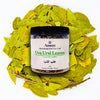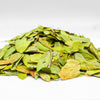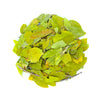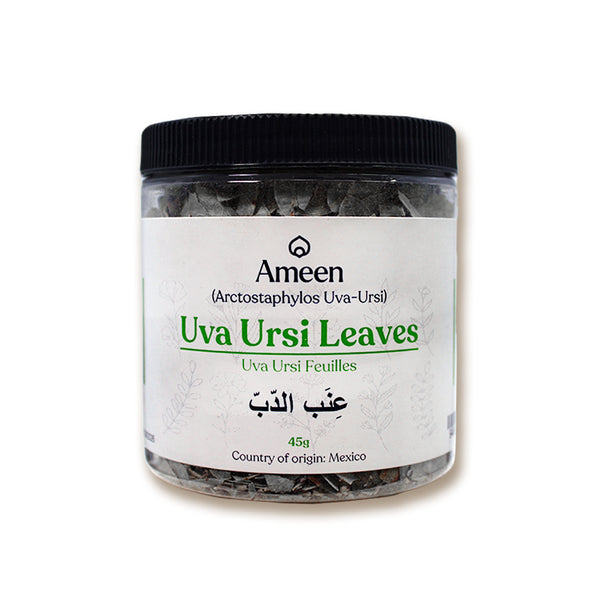Uva Ursi, scientifically known as Arctostaphylos uva-ursi, is a hardy, evergreen shrub with distinctive leathery green leaves that have been valued for centuries across various traditions. Also referred to as Bearberry, this resilient plant thrives in rocky terrains and alpine regions, offering a rich botanical history and diverse applications.
Culinary and Botanical Uses
Aromatic Herbal Infusions
- Traditionally steeped into teas, creating a distinct, slightly bitter herbal brew.
- Used in tinctures and botanical extracts, contributing to natural formulations.
- Occasionally blended into herbal wellness preparations.
Aesthetic & Landscape Value
- Its vibrant green foliage and trailing growth habit make it a popular ornamental plant in landscape design and rock gardens.
- Adds a lush, low-maintenance greenery to natural spaces.
Beyond the Tea Cup: Uva Ursi in Everyday Use
- A long-standing botanical in natural wellness traditions.
- Used in cosmetic and skincare applications, often integrated for its natural plant compounds.
- Featured in aromatic and holistic formulations, contributing to botanical traditions worldwide.
Why Choose Uva Ursi?
- Timeless Botanical: Deeply rooted in herbal traditions.
- Versatile Uses: Found in teas, tinctures, cosmetic formulations, and landscaping.
- Distinctive Character: A unique combination of function, aesthetics, and tradition.
Botanical & Cultural Significance
Botanical Name: Arctostaphylos uva-ursi
Common Names:
- English: Uva Ursi, Bearberry, Kinnikinnick, Hogberry, Upland Cranberry, Rockberry, Sandberry, Crowberry
- Spanish: Uva de Oso
- French: Busserole, Raisin d’Ours
- German: Bärentraube
- Arabic: عنب الدب (Inab al-Dubb)
- Chinese: 熊果 (Xióng guǒ)
- Russian: Толокнянка (Toloknyanka)





